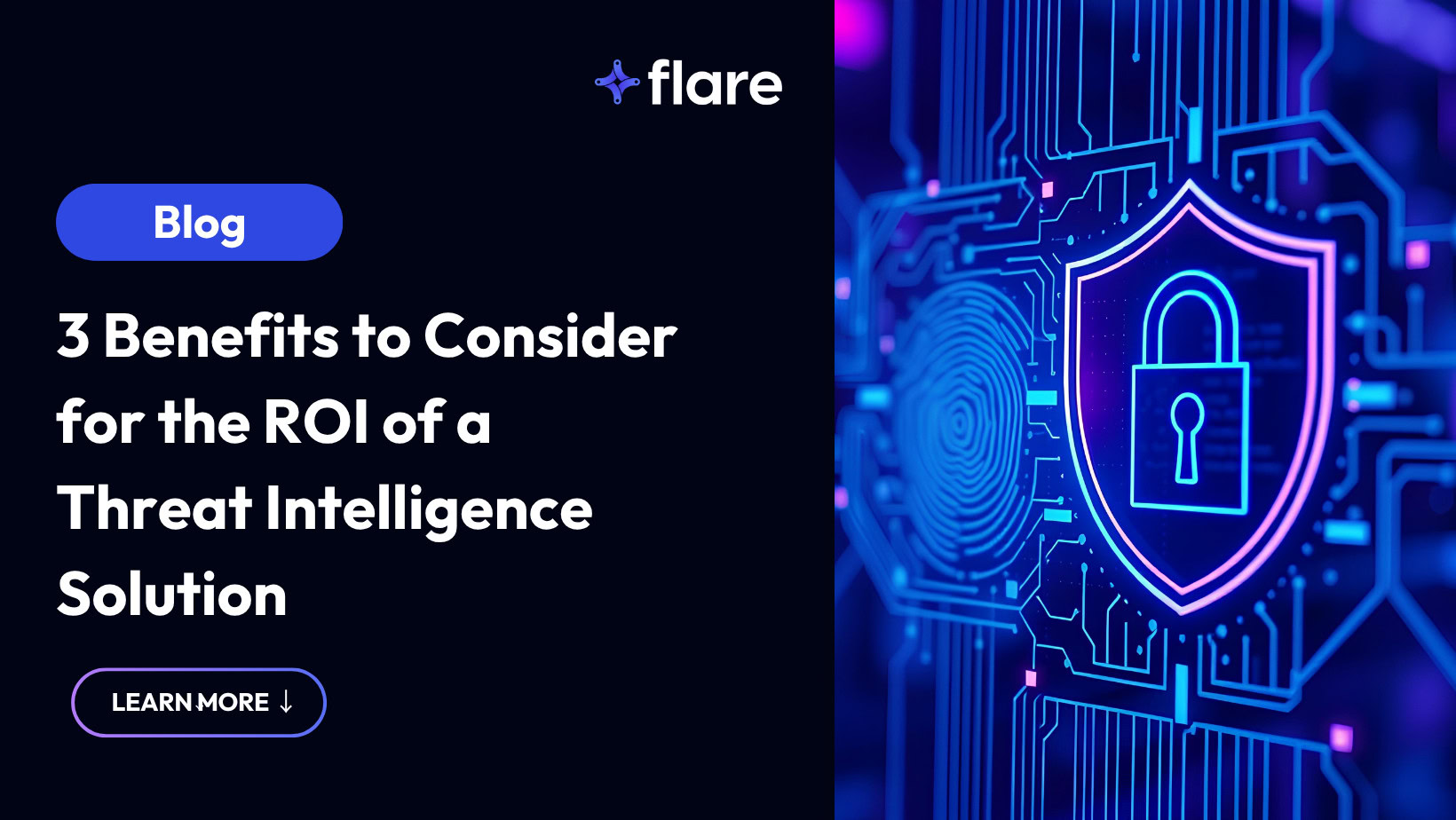
Finding the right threat intelligence tool for a security team or organization can be challenging. Security teams would like to act on external threats with confidence and speed and their tooling should enable that. However, common pain points include that practitioners are dissatisfied with the level of intelligence or services provided, and what they’re paying for the platform.
A solid threat intel tool can be a valuable aspect of daily security operations. We’ll break down what factors security teams can look for for the best return on investment for a solution.
Common Challenges with Threat Intel Tools
There are common frustrations that security analysts point out when explaining why a CTI platform did not support their security operations in becoming more effective. Some critiques include:
- Lack of detailed threat intelligence: Some tools can provide general intelligence, but lack depth and detail. For example, there could be an alert about an exposed credential , but no further information about where the credential was sourced from on the dark web, what device was impacted, or how many accounts the credential could be related to . This can make it difficult for organizations to act quickly on external threats as they don’t have the full context of the threat.
- Inefficiencies from manual effort: If using multiple unintegrated tools to investigate various sources, security teams can put in a lot of manual effort for threat intelligence gathering, dark web monitoring, and incident response. This can also create information siloes and inconsistencies.
- Alert fatigue: A high volume of alerts (with false positives) can make it difficult to parse through, prioritize, and respond to the most pressing genuine threats.
- High costs: Threat intelligence tools are expensive investments. When the platform is not providing clear, actionable intelligence, it can lead to frustration. Seat-based licensing models and siloed intelligence from modularized products can also be tough to scale security operations.
What to Look for in a Threat Intel Solution
Security platforms should aid security practitioners in responding to and mitigating threats faster, not add more work. Below are the ways threat intel tools can aid security teams:
- Provide detailed, actionable intelligence: This includes actual passwords, malware logs, copies of data, and information that had been exfiltrated from compromised machines.
- Cover a wide range of sources: The cybercrime ecosystem shifts often, and tools have to keep up.
- Integrate seamlessly with existing security infrastructure: Integrating into the existing stack such as SIEM/SOAR tools enriches internal alerts without becoming another siloed tool.
- Deliver cost-effectiveness, flexibility, and scalability: With a pricing model that makes sense, security teams can grow with their threat intel tool.
What Goes into the ROI of a Threat Intel Solution?
Quantifying ROI for a threat intel investment is not easy! Understanding where to even start can be daunting. This year, Flare commissioned Forrester Consulting, a leading global research and continuous guidance firm, to conduct a Total Economic Impact (TEI) study of deploying Flare. Below are the three main areas they focused on to quantify ROI in the context of Flare’s customers.
- Reduction in Breach Risk and Associated Costs
According to the Forrester study, the “composite organization” featured in the TEI study is at a 68% likelihood of experiencing one or more breaches annually—each potentially costing $4.4 million. The right tool can reduce this likelihood and save thousands of dollars in costs.
With Flare, the composite organization was able to reduce the likelihood of a serious breach by 25%, avoiding $509,000 in breach-related costs over three years.
- Labor Efficiency Gains
A threat intel solution can automate some manual threat intelligence tasks, so that analysts can tackle pressing matters. This can also upskill junior analysts to take on greater responsibilities in cybercrime research.
Flare directly impacted 85% of three full-time employees’ work time, leading to a 25% reduction in time spent on threat intelligence tasks. This translates to over 1,300 hours recaptured, which were reallocated to higher-value security activities—saving $166,900 in labor costs.
These tasks include:
- Dark web monitoring
- Threat reporting
- Incident response
- Language translation
- Internal offensive security ops
A senior incident response engineer at an electronics company mentioned:
“The roles within our security team have evolved, with analysts now focusing on high-risk threats, spending less time on manual monitoring, leading to more efficient alert triage and operational efficiency.”
- Licence Cost Value and Efficiency
When a threat intelligence tool doesn’t offer broad or deep coverage, security teams often resort to combining multiple tools—each with their own seat limits and modular pricing models. This approach can lead to fragmented intelligence, increased costs, and redundant capabilities. A single solution with extensive source coverage helps teams consolidate their tooling, reduce seat-based overhead, and avoid overlapping modular features.
By switching to Flare, the composite organization, saved $240,400 in license and maintenance costs over three years.
Based on these positive changes, Flare’s ROI was 321% over three years.
A threat intel solution that fits into your security team’s needs and budget can enable you to react to threats faster, with greater confidence, and with ease.
Learn More About Forrester’s TEI Study of Flare
Flare empowers organizations to proactively detect, prioritize, and mitigate the types of exposures commonly exploited by threat actors. Our platform automatically scans the clear & dark web and prominent threat actor communities 24/7 to discover unknown events, prioritize risks, and deliver actionable intelligence you can use instantly to improve security.
Flare integrates into your security program in 30 minutes and often replaces several SaaS and open source tools.
Read the Full Forrester TEI Study Below
Learn how Flare can help organizations like yours by reading the Forrester TEI study by filling out the form below:

